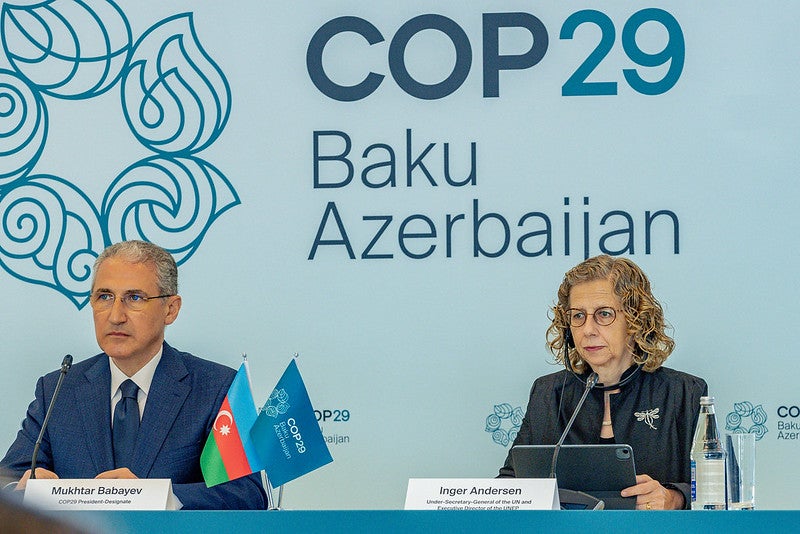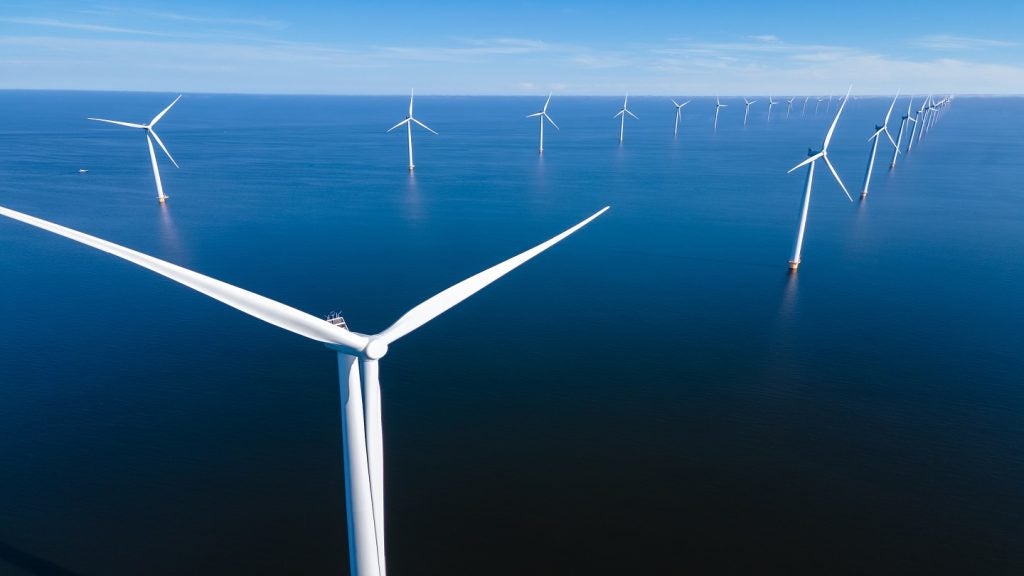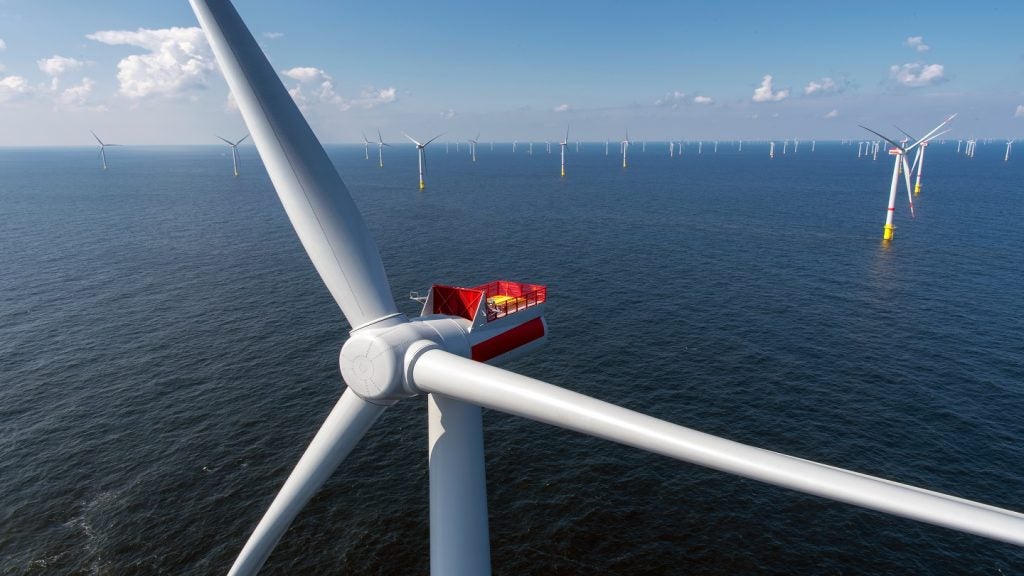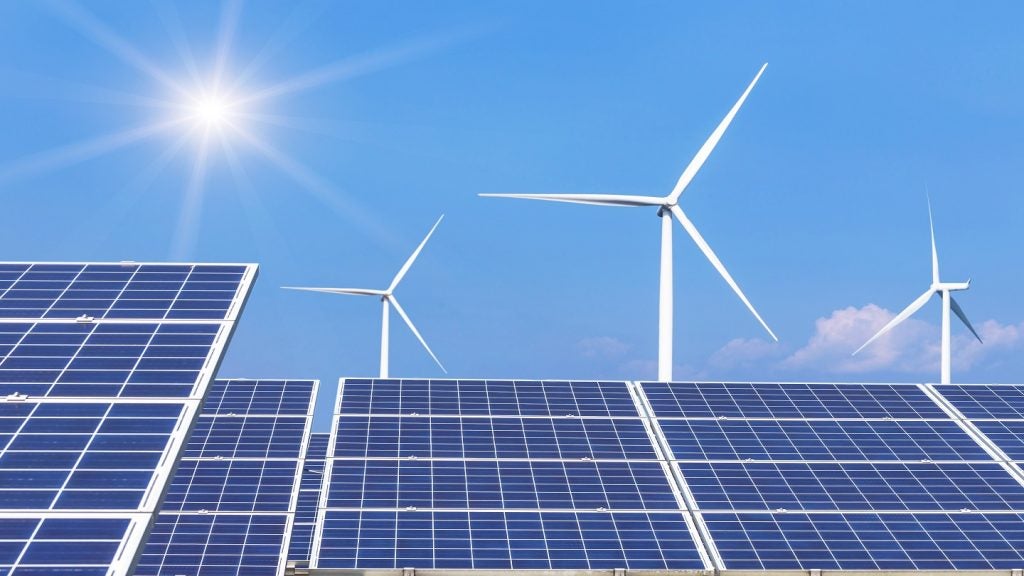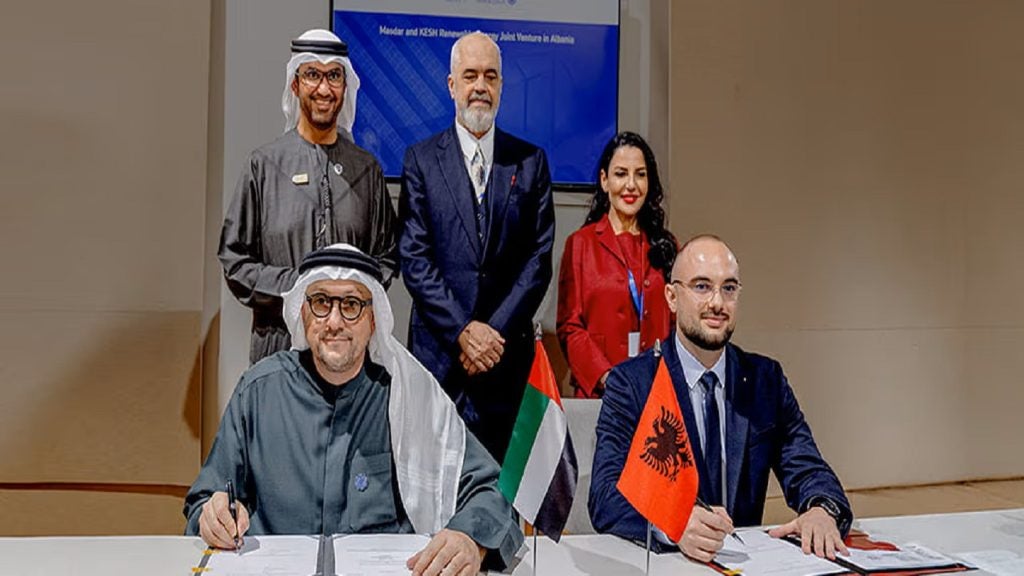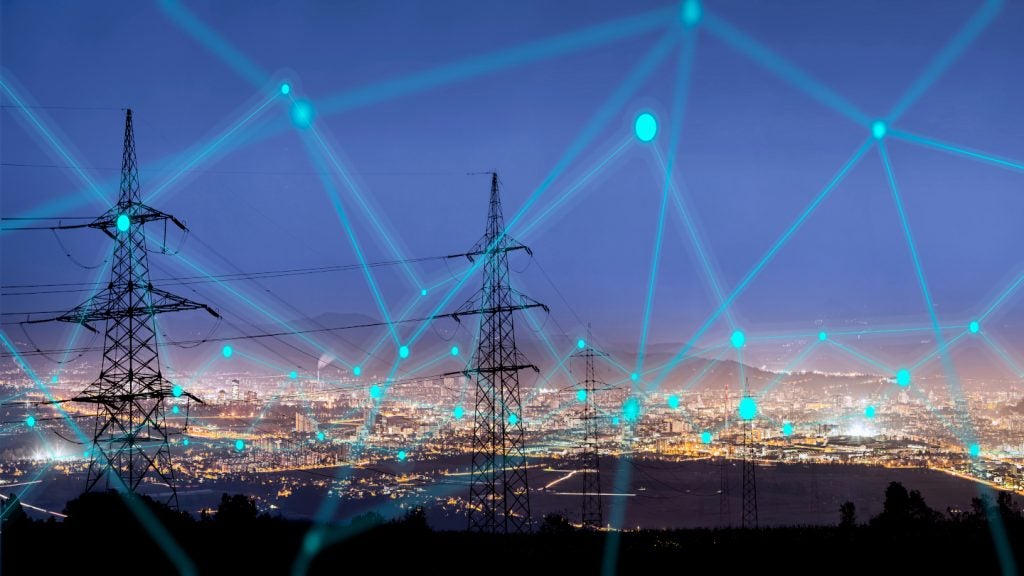Six more countries joined the declaration to triple nuclear energy by 2050 during the World Climate Action Summit today (13 November) at COP29.
The endorsement from El Salvador, Kazakhstan, Kenya, Kosovo, Nigeria and Türkiye brings the total number of signatory nations to 31, including key nuclear energy producers such as France, Japan and the US.
Last year, France led the initial group of 20 countries to sign the pledge at COP28 in Dubai. This commitment was a major milestone for the nuclear industry, marking the first time nuclear energy was recognised in a COP decision as vital to limiting global warming to 1.5°C, as outlined in the Paris Agreement.
Sama Bilbao y León, director-general of the World Nuclear Association (WNA), said: “We warmly welcome these six new countries to the coalition of the ambitious. Today's announcement highlights the essential role of nuclear energy in meeting the Paris Agreement goals in a cost-effective and equitable manner.”
In addition, the US announced its own plans at COP29 on 12 November, revealing a road map to deploy 200GW of nuclear capacity by 2050 to help reach the global objective to triple nuclear power. The deployment plan includes an interim target of 35GW by 2035, with a sustained pace of 15GW per year by 2040, the US Department of Energy (DOE) detailed.
“The targets also align with last year’s historic pledges at COP to triple global nuclear capacity by 2050 and to secure a nuclear fuel supply chain that is free from Russian influence,” said the DOE’s Office of Nuclear Energy.
According to the WNA, global nuclear generation increased to 2,602 terawatt-hours in 2023, contributing 9% of the world's electricity – second only to hydropower among clean energy sources. With 64 reactors currently under construction in 15 countries, and more than 20 entrant nations developing their first nuclear power policies, nuclear energy is experiencing a notable revival as part of the broader energy transition.


